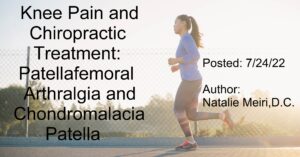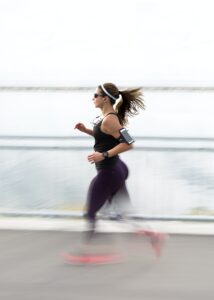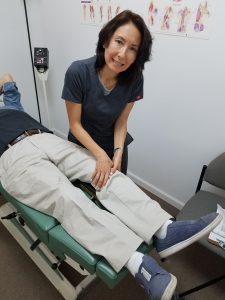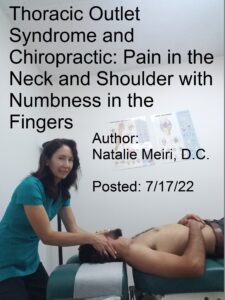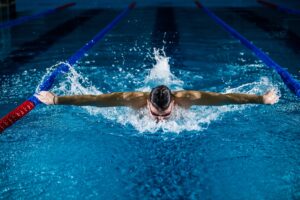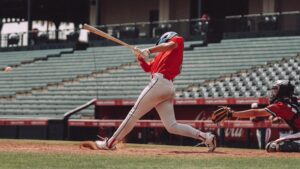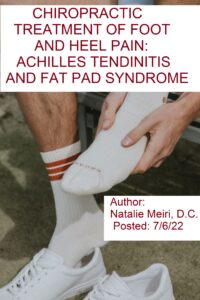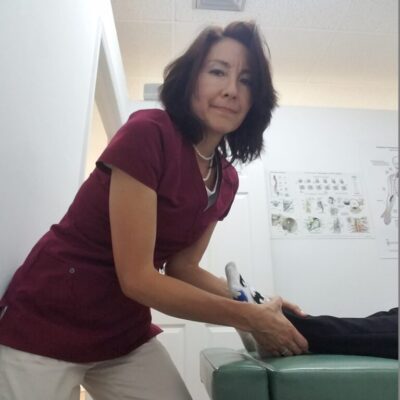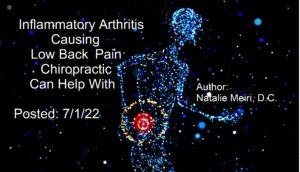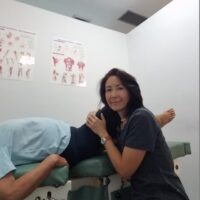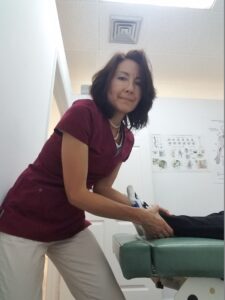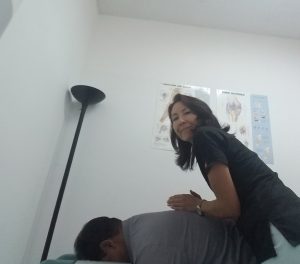
From Dr. Natalie Meiri’s Clinical Pearl Stories: Chiropractic Care of Facial Numbness and Neck Pain After a Car Accident
Author: Natalie Meiri, D.C. Posted: 7/30/22
Joe never had facial numbness or cheek and neck pain prior to his car accident. Now Joe had trouble sleeping and couldn’t exercise or play with his kids due to his pain. Furthermore, he had difficulty working and had to take time off.
Joe’s Examination and Imaging
Upon examination he had painful spasmed muscles and tenderness all around the cranium (head) and cervical (neck) spine. His sensory examination showed a pattern of numbness in his face due to a left sided trigeminal neuropathy. Joe had positive tests to indicate he had not only sprained and strained his neck, but also strained (irritate) his trigeminal nerve. And his cervical (neck) x-rays taken in my office showed loss of cervical lordosis (staightening) consistent with cervical myospasm and a sprain. If he wasn’t responding to care in a month, I would order a M.R. I. (magnetic resonance image).
The Trigeminal Nerve
The trigeminal nerve is the part of the nervous system responsible for sending pain, touch and temperature sensations from your face to your brain. You have two trigeminal nerves, one on each side of your head. The nerve has three divisions: the ophthalmic, maxillary, and mandibular nerves.
It is the 5th of 12 cranial nerves. The trigeminal nerve primarily helps you feel (sensory), although the mandibular branch of the trigeminal nerve has both sensory and motor functions. It helps with biting, chewing, swallowing, and facial and scalp sensations.
The trigeminocervical nucleus is a region of the upper cervical (neck) spinal cord where sensory nerve fibers in the descending tract (nerve pathways from face to brain) of the trigeminal nerve called the trigeminal nucleus caudalis are believed to interact with sensory fibers from the upper cervical nerve roots. This functional convergence of upper cervical and trigeminal sensory pathways allows the bidirectional referral of painful sensations between the neck and trigeminal sensory receptive fields of the face and head.
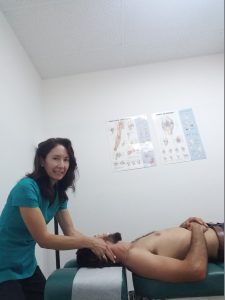
Joe’s Treatment at Meiri Chiropractic
It is common to have numbness and/or pain in your arm and neck pain after a car accident. Similarly, you can have numbness in your face and have neck and left cheek pain after a car accident as Joe did.
In Joe’s case, the strain (irritation) on the trigeminal nerve likely occurred at the upper cervical spine, at the nerve’s caudalis, and at the brainstem (bottom, stalk like portion of your brain connecting your brain to your spinal cord). Also, the temporal portion of his cranium (side of the head behind the eye between the forehead and the ear) needed manipulation due to the irritation of the maxillary branch of the trigeminal nerve. Furthermore, the irritation of the maxillary branch of the trigeminal nerve which is responsible for sensations in the middle part of your face (e.g.cheeks, nose lower eyelids, upper jaw) must have caused his cheek pain.
Chiropractic manipulative treatment techniques applied at the level of the cervical spine, suboccipital (back of the skull) region, and cranial (head) region alleviated Joe’s facial symptoms. This treated the left-sided neuropathy of the trigeminal nerve and the neck sprain/strain.
Our other therapies, such as soft tissue techniques, electric muscle stimulation, ice/ heat therapies and homeopathic consultations provided Joe additional relief. It took about 4 months of care, but the facial numbness and neck and cheek pain subsided. Joe was able to heal without drugs or surgery!
We can help you with Chiropractic Care of Facial Numbness and Neck Pain After a Car Accident
At Meiri Chiropractic we spend the time necessary to examine, diagnose and treat every neuromusculoskeletal condition and various ailments you have. Chiropractic is a holistic and natural way to not only treat existing conditions, but to keep your body in its best working condition. We have been offering effective chiropractic care in Palm Beach county since 2006. Many of our patient reviews note our excellence. Call us today at 561-253-8984 to make an appointment or to find out more about Chiropractic Care of Facial Numbness and Neck Pain After a Car Accident.
